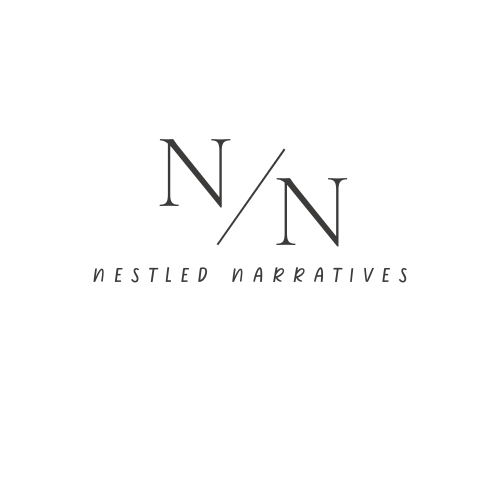Email communication is a huge part of day-to-day operations in the corporate world. Whether you’re sending out reminders, follow-ups, or addressing inquiries, it’s essential to write emails that are clear, concise, and professional. But how do you strike the right balance between being personable yet direct, while still maintaining professionalism? Here’s a guide to crafting emails that leave a lasting positive impression.

1. Start with a Strong Subject Line
The subject line is your first impression, and it’s crucial to make it count. One key thing I’ve learned is that the subject line must clearly convey the main point of your email. In the fast-paced world of corporate or executive communication, emails can easily get buried in inboxes. To avoid this, your subject line should be precise and to the point. Steer clear of vague subjects like “Quick question” or “Update” and aim for clarity and purpose. Think of it as the headline that grabs attention and sets the tone.
Example:
Instead of “Quick Follow-Up,” try “Invoice Payment Reminder for [Company Name] – [Due Date].”
2. Keep it Clear and Concise
Long, winding emails can lose the reader’s attention, especially when they’re busy. Keep your message to the point, making sure the recipient knows exactly what action is required and why you’re emailing them. Break longer content into bullet points or short paragraphs to enhance readability.
Example:
Avoid:
“Hi, I just wanted to check in regarding the invoice that was sent over a little while ago. It would be great if you could confirm whether it’s been received and when we can expect payment.”
Instead:
“Hi [Recipient’s Name],
Just a quick reminder: the invoice sent on [Date] is due on [Due Date]. Could you confirm receipt and advise on payment timing? Thank you.”
3. Maintain a Professional Tone
Tone can be tricky in emails, especially when you’re trying to strike the right balance between being friendly and professional. For most business communications, it’s important to be approachable while maintaining formality. Avoid using slang, overly casual phrases, or humor that might not translate well. Tip: Even when emailing acquaintances or long-standing vendors, resist the urge to get too casual. Keeping a professional boundary ensures that your kindness isn’t mistaken for weakness or taken advantage of. Of course, when emailing close contacts like your boss’s mom, adjust your tone with common sense.
Example:
Instead of:
“Hey, just a heads-up that the payment is overdue! Could you sort it out?”
Use:
“Hi [Recipient’s Name],
I wanted to kindly remind you that the payment for [invoice] is overdue. Could you please confirm when we can expect to receive it? Your prompt attention to this matter is appreciated.”
4. Be Mindful of Formatting
Proper formatting makes your email easier to read and more professional. Use standard fonts and avoid excessive capitalization or punctuation (e.g., “URGENT!!!”). A clean, simple layout keeps the focus on your message.
Here’s a structure to follow:
- Greeting: Address the recipient by name, and include a friendly opener if appropriate. (“I hope you’re doing well” or “Happy Monday!”)
- Body: Keep it short, explaining why you’re reaching out. Bullet points work well for lists or multiple points.
- Call to Action: Clearly state what you need the recipient to do. (“Could you please confirm by [date]?” or “Looking forward to your feedback.”)
- Closing: End with a polite, professional closing. (“Best regards,” or “Thank you for your time.”)
5. Use Follow-Ups Wisely
Follow-up emails are crucial but can easily come across as pushy if not handled well. When following up, remain polite and professional. Include the original message for reference and gently remind the recipient of any pending tasks or deadlines.
Example:
“Hi [Recipient’s Name],
I wanted to follow up on my previous email regarding [topic]. We are still awaiting [action or response] by [deadline]. Please let me know if you need any further information to proceed.”
6. Double-Check Before Hitting Send
Before hitting send on any email, always take the time to proofread. Double-check for typos, grammar errors, and overall clarity. Make sure that names, dates, and any attachments are accurate—missing or incorrect details can easily cause confusion or send the wrong message. Trust me, I’ve been there—I once sent an email to a client with a small mistake, and the resulting confusion was something I could have avoided.
Pro Tip:
If you’re drafting an email in response to something frustrating (like an overdue payment), write it out, step away for a bit, then come back to it with fresh eyes. This gives you a chance to ensure the tone remains polite and professional before sending it off.

7. Know When to Be Direct vs. Friendly
Different situations call for different tones. For example, when reminding a client of an upcoming payment, it’s okay to be firm but professional. On the other hand, when checking in with a colleague on project updates, a more friendly and casual tone might work best.
Example for a more direct approach:
“Hi [Recipient’s Name],
This is a final notice that payment is overdue for [invoice]. Failure to remit payment by [date] may result in a hold on further services.”
8. Always Include a Closing Signature
Sign off each email with your name, job title, and any other relevant contact information. This makes it easy for the recipient to know who to reach out to if they have questions. It also looks much more professional.
Example: Best regards,
Zalea Freestone
Executive Assistant | Company Name
[Your Contact Information]

